10 Fun Facts About Cuba That Reveal the Marvel of This Caribbean Nation
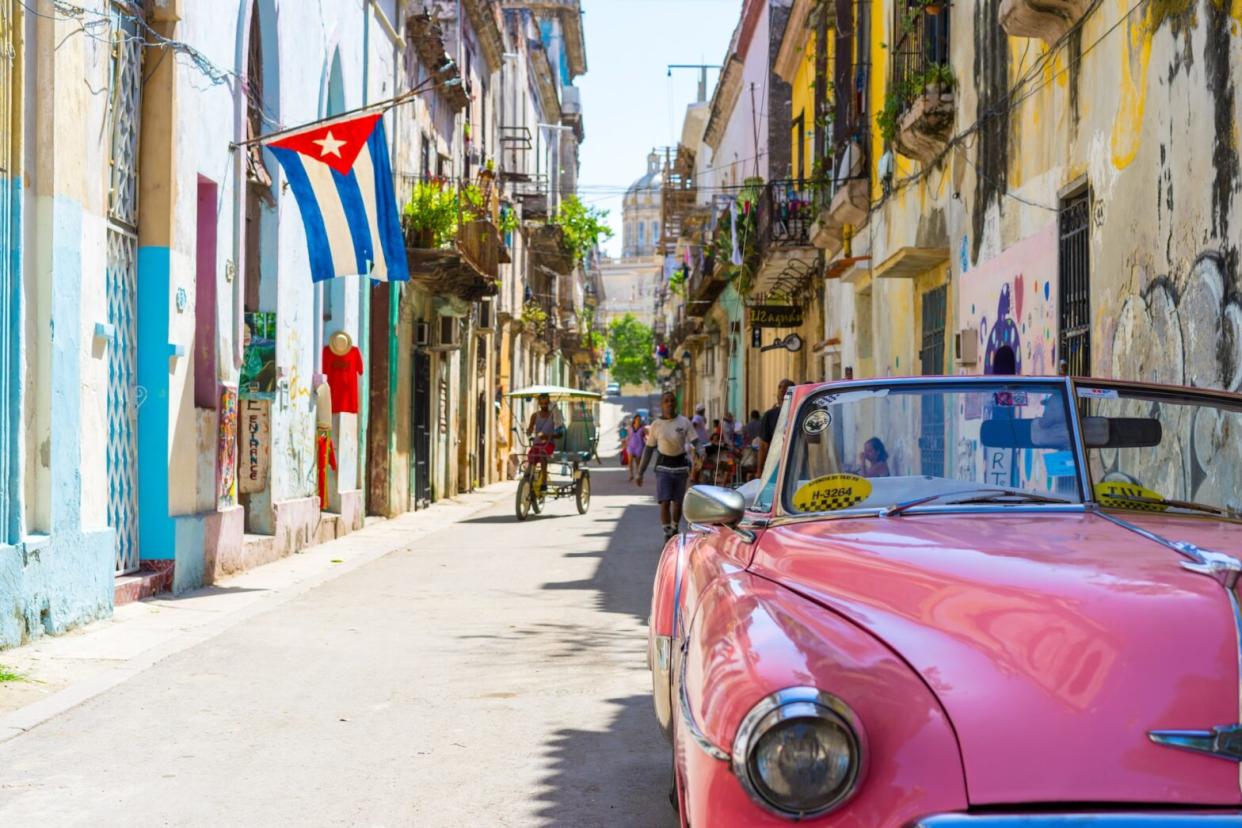
Cuba, a vibrant Caribbean island nation, draws in travelers with its special culture, history and natural wonders. Amidst its colorful streets, captivating music and warm hospitality, Cuba harbors an array of remarkable features that make it a captivating destination. Learning more about it will expose those interested in traveling there to what makes it such a special place relative to its society and people. Here are 10 fun facts about Cuba that are sure to entice you.
A lot of the street-cred Cuba gets is for its beautiful, tropical scenery and famous landmarks. However, Cuba’s allure extends far beyond its famed landmarks; it resides in the subtle nuances of everyday life, the pride in educational achievements, the traces of indigenous heritage it has left behind and the communal spirit fostered through Cubans of all walks of life. Learn here how Cuban exports like cigars are not the only thing in this country that are highly regarded around the world. Here are 10 fun factd about Cuba.
1. Cuba Has 9 UNESCO World Heritage Sites
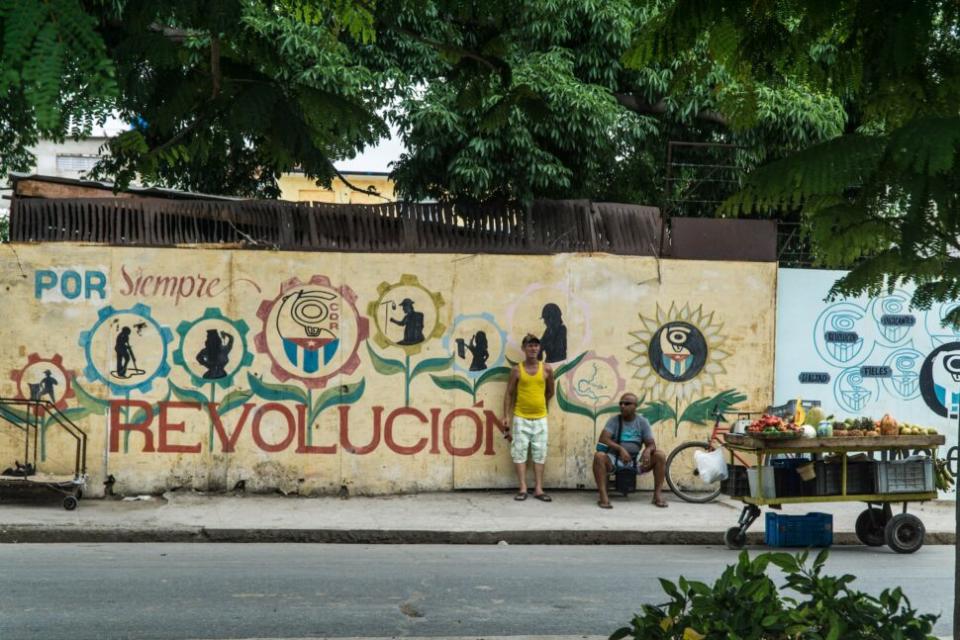
Nestled within Cuba’s diverse landscapes and storied cities are nine UNESCO World Heritage Sites. Each one stands as a testament to the island’s historical, architectural and cultural significance. These sites stand as guardians of Cuba’s past, offering visitors a glimpse into its multifaceted history. They include towns and cities like Cienfuegos and Trinidad and the Valley de los Ingenios; areas and town centers like Old Havana, Viñales Valley and Historic Centre of Camagüey; as well as parks and other landmarks like San Pedro de la Roca Castle next to Santiago de Cuba, Desembarco del Granma National Park, Alejandro de Humboldt National Park and Archaeological Landscape of the First Coffee Plantations in the Southeast of Cuba.
2. Cuban Cigars Are Some of the Most Beloved Cigars in the World

This is definitely not of the surprising facts about Cuba but it is an essential one. Cuban cigars are renowned worldwide and occupy a revered place in the realm of tobacco craftsmanship. The meticulous artistry and expertise of Cuban cigar makers have solidified their reputation as some of the finest cigars available. The island’s climate, soil and skilled hands contribute to the exceptional quality of these cigars. They happen to be sought-after by aficionados worldwide. Cuban cigars are crafted from specially cultivated tobacco leaves, with each step of the production process meticulously executed by experienced hands. The distinct flavors and aromas of these cigars are a testament to the expertise passed down through generations.
3. Cuba’s Bee Hummingbird is the Smallest Bird in the World
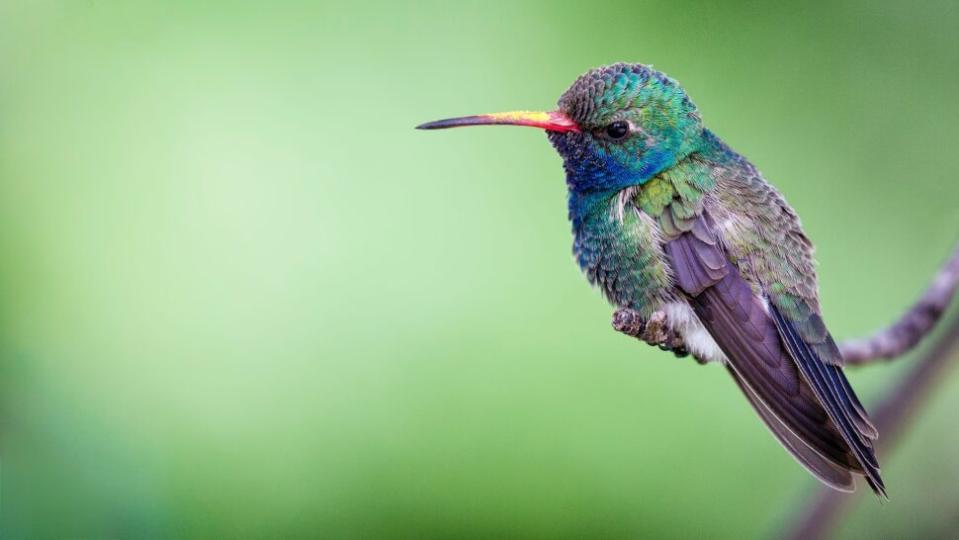
Within Cuba’s rich biodiversity thrives the bee hummingbird (Mellisuga helenae), the smallest bird species in the world. Weighing less than a U.S. penny and measuring merely 2–2.4 inches (5–6 cm), this diminutive bird captivates with its iridescence and remarkable agility in flight. This tiny creature is Endemic to Cuba and flits among the island’s forests and gardens, sipping nectar with its specialized beak. Despite its small stature, the bee hummingbird showcases nature’s astonishing diversity and serves as a symbol of Cuba’s unique wildlife.
4. Cuba Has One of the Highest Literacy Rates in the World
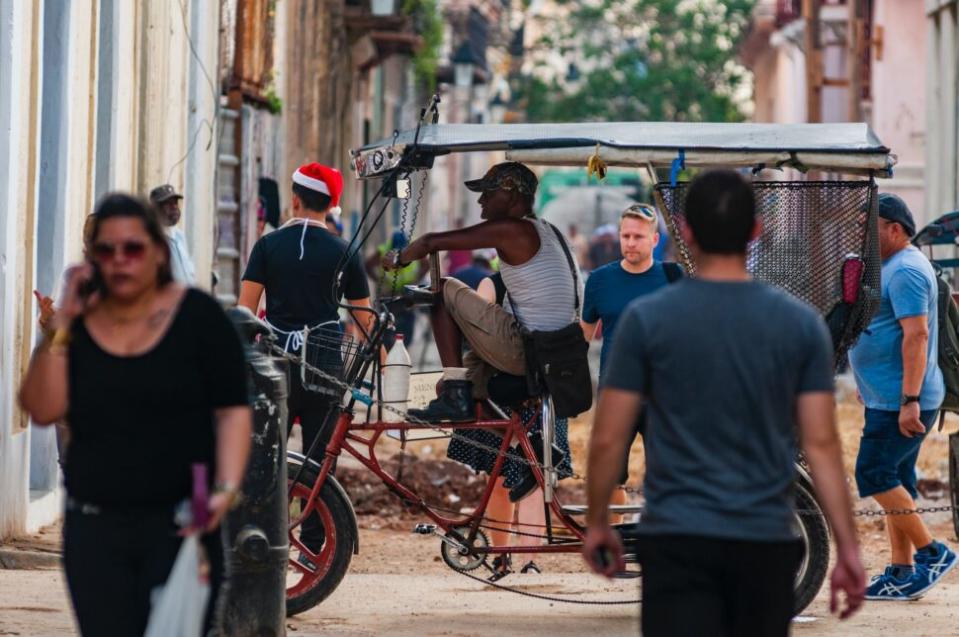
Cuba boasts an extraordinary achievement: one of the highest literacy rates in the world. The country’s commitment to education has been central to its society. Macrotrends reported that its literacy rate as of 2023 is 99.7%. In the 1960s, a nationwide literacy campaign, “Yo, sí puedo” (Yes, I Can), propelled Cuba to eradicate illiteracy. This monumental campaign saw volunteers, often young students, going to rural areas to teach reading and writing. Today, Cuba’s literacy rate stands as a testament to the nation’s emphasis on education, with a robust system ensuring access to education for all. The country’s devotion to knowledge has not only empowered its citizens but has also shaped Cuba into a society celebrated for its intellectual capital and cultural richness.
5. Common English and Spanish Words Come From Cuba’s Indigenous Language
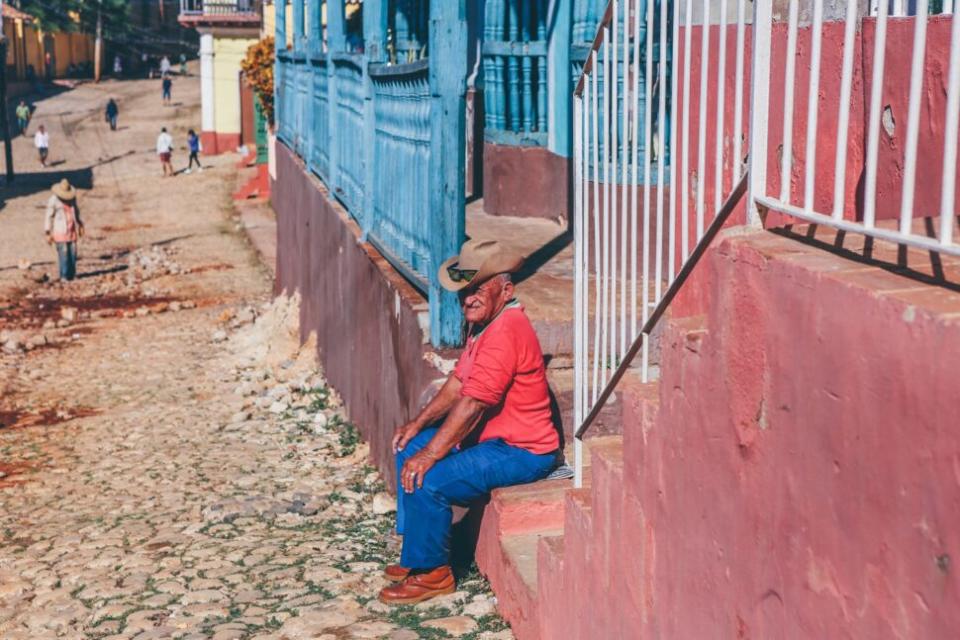
Embedded within Cuba’s linguistic heritage lies an intriguing connection to the indigenous Taíno people. The Taíno were native inhabitants of Cuba before the arrival of European colonizers. They historically contributed several words to both English and Spanish vocabularies. These linguistic remnants serve as a preservation of a piece of Cuba’s indigenous history and a way to continually acknowledge it. Words like “barbecue,” “canoe,” “hammock,” and “tobacco” in English, as well as “canoa” (canoe), “hamaca” (hammock), and “tabaco” (tobacco) in Spanish, originate from the Taíno language. This linguistic legacy serves as a subtle reminder of the island’s pre-colonial past and the enduring influence of its indigenous cultures.
6. Cuba’s Social Tradition and Beloved Pastime is Dominos

Travelers can often find Cuban locals engaged in a spirited game of dominos amidst the rhythmic beats of salsa and the aroma of strong Cuban coffee. This seemingly simple pastime holds a significant place in Cuban culture, transcending generations and social barriers. Whether in a bustling Havana street corner or a serene town plaza, dominos serve as a social glue, bringing people together to bond, compete and share stories. The game embodies the essence of Cuban sociability and camaraderie, fostering connections and strengthening community ties in a country where interpersonal relationships hold immense value. The game is enjoyed by everyone from young to old and from all socioeconomic statuses.
7. Cuba Has a Renown Healthcare System
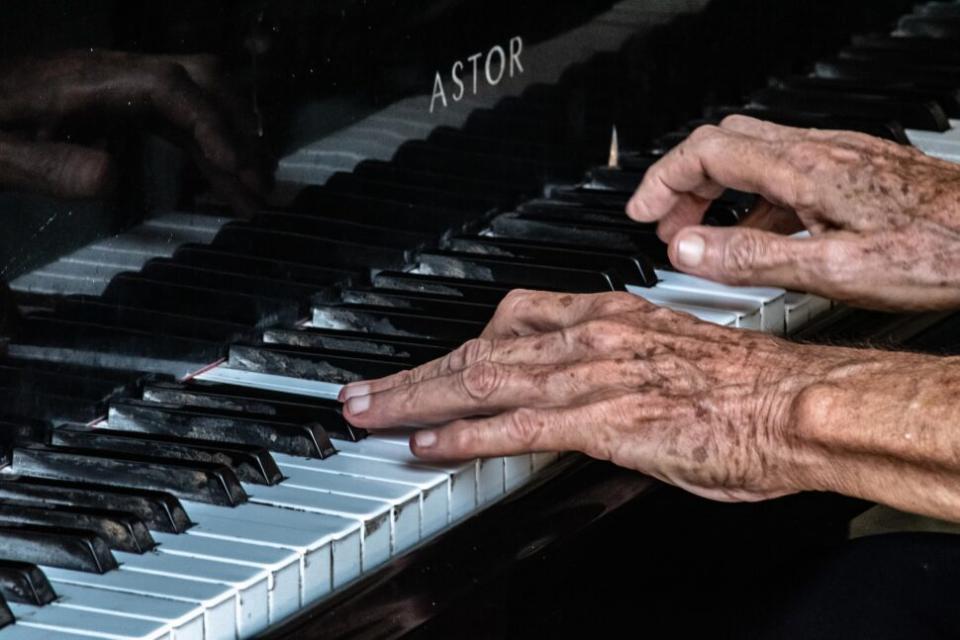
A part of Cuba’s society is a healthcare system that has garnered global recognition for its accessibility and quality. Despite economic challenges, Cuba has managed to develop a healthcare system that prioritizes universal access to medical services. Its emphasis on preventive medicine, research and education has led to impressive health outcomes. The country’s network of clinics and hospitals extends across urban centers and remote regions, ensuring healthcare reaches all citizens. Cuba’s commitment to healthcare extends beyond its borders. With medical missions dispatched worldwide to assist in times of crisis, Cuba has earned international acclaim for its medical solidarity.
8. Vintage Cars Roam the Cuban Streets

One of the most iconic and visually striking facts about Cuba is its streets are adorned with vintage cars from the 1940s and 1950s. These classic automobiles, meticulously maintained and often refurbished, evoke a sense of nostalgia while embodying Cuba’s resourcefulness and ingenuity. The endurance of these vintage vehicles is a testament to the Cuban spirit. Scarcity of resources prompted locals to creatively repurpose and maintain these cherished relics. Amidst the colorful facades of Havana or the serene countryside, these rolling relics serve as a living homage to Cuba’s automotive past.
9. Cuba Has a Dual Currency System
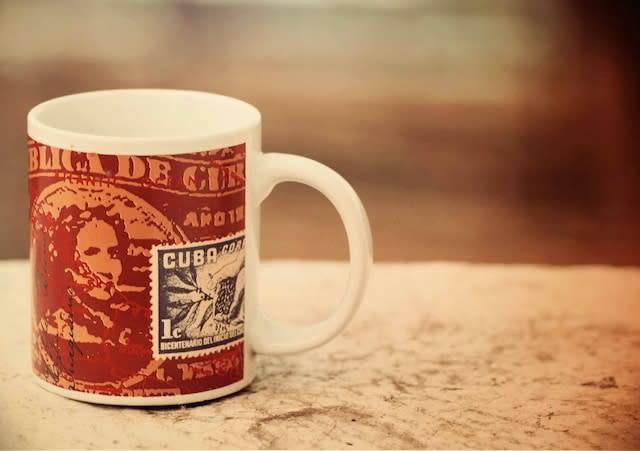
A unique aspect of Cuba’s economic landscape is its dual currency system. This refers to the distinction between the Cuban Convertible Peso (CUC) and the Cuban Peso (CUP). The CUC primarily caters to tourists and is fixed to the US dollar, facilitating transactions in the tourism industry. Meanwhile, the CUP is used by Cuban citizens for everyday expenses. This duality in currency creates a distinct economic structure, shaping the experiences of both tourists and locals. While it may initially seem complex, it underscores the nuances of Cuba’s economy and the interplay between its tourist and domestic economies.
10. Cuba Has a Symbolic New Years Tradition
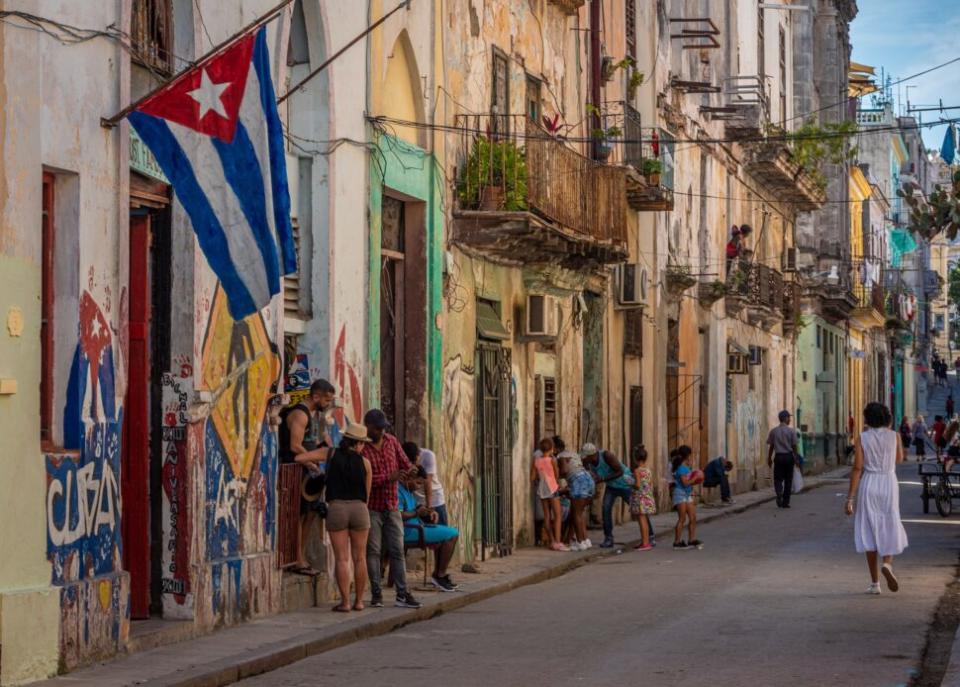
The last of these facts about Cuba involves the country’s unique way of bringing in the new year. As the clock strikes midnight on New Year’s Eve, Cubans partake in a symbolic tradition—a ritual of walking around the block with an empty suitcase. This tradition is believed to invite travel and adventure in the coming year. It holds deep symbolism for Cubans aspiring for prosperity and opportunities. The act of strolling with an empty suitcase embodies the hopes for a year filled with exploration, new experiences and the chance to venture beyond familiar horizons. It’s a cultural emblem that encapsulates the Cuban spirit of optimism and resilience in the face of change.

